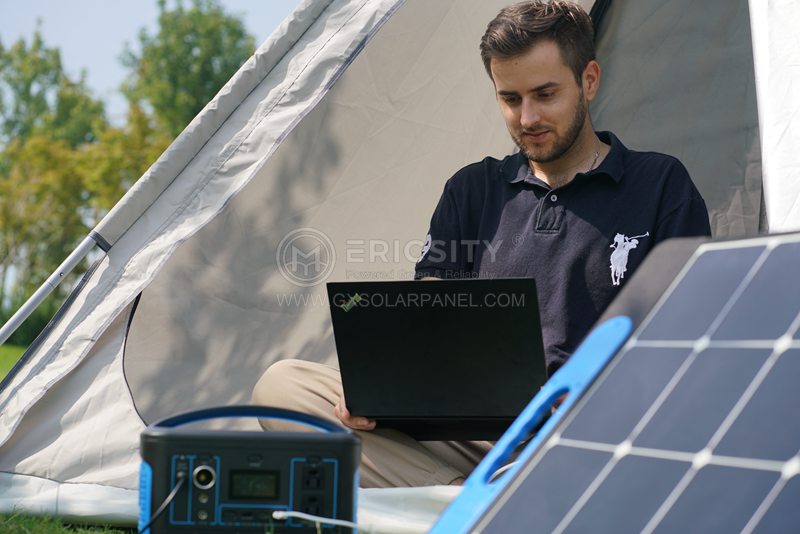HOT PRODUCT
Product Details
Solar Power With Flexibility: How Semi-flexible Panels Shape The Future
Solar Power With Flexibility: How Semi-flexible Panels Shape The Future
The growing demand for renewable energy sources has led to significant advancements in the field of solar power. Solar panels have become a common sight on rooftops and in solar farms, harnessing the power of the sun to generate clean and sustainable electricity. However, the traditional rigid solar panels come with certain limitations, such as limited installation options and lower efficiency. Enter semi-flexible solar panels, a game-changing innovation that offers flexibility, durability, and enhanced efficiency, shaping the future of solar power.
Unlike conventional rigid panels, semi-flexible solar panels are specifically designed to bend and flex without losing their ability to generate electricity. This unique characteristic opens up a wide range of possibilities for their application. Whether installed on curved surfaces, vehicles, or even clothing, semi-flexible panels provide unprecedented flexibility in integrating solar power into various environments.


One of the key advantages of semi-flexible panels lies in their lightweight and thin design. They are composed of thin-film solar cells, which are relatively lighter and more flexible than the bulkier and heavier crystalline silicon cells used in conventional panels. This allows semi-flexible panels to be easily applied to curved surfaces, such as the roofs of vehicles or the exteriors of buildings with non-traditional designs. With their ability to conform to different shapes, these panels can be seamlessly integrated into our surroundings.
Moreover, the durability of semi-flexible panels sets them apart from their rigid counterparts. Traditional panels are typically mounted on a frame and covered with glass, making them susceptible to damage from impacts and extreme weather conditions. In contrast, semi-flexible panels are made from a combination of durable materials such as polymers and flexible substrates. They are designed to withstand vibrations, shocks, and even hailstorms. This increased durability makes them ideal for applications in areas prone to earthquakes or for use in mobile settings like boats and RVs.
Another significant advantage of semi-flexible panels is their enhanced efficiency compared to traditional solar panels. While traditional panels lose a certain amount of efficiency when installed at an angle other than optimum, semi-flexible panels can adapt to varying angles and still generate electricity efficiently. This adaptability ensures that semi-flexible panels can make the most out of the available sunlight throughout the day, leading to higher overall energy production.
Furthermore, semi-flexible panels are not just limited to stationary applications. They are also being integrated into portable solar charging devices, such as backpacks with built-in solar panels for charging electronic devices on the go. This innovation allows individuals to harness solar power while remaining mobile, making it particularly useful for outdoor enthusiasts, hikers, and campers.
The adoption of semi-flexible solar panels is on the rise, and their potential applications seem boundless. From powering electric vehicles to providing energy in remote areas, these panels offer a flexible and sustainable solution for meeting the increasing global energy demand. However, it is important to address some challenges associated with the use of semi-flexible panels, such as their relatively lower efficiency compared to rigid panels and the need for advancements in their manufacturing processes to scale up production.

In conclusion, the development of semi-flexible solar panels represents a significant step forward in the advancement of solar power technology. Their flexibility, durability, and enhanced efficiency enable the seamless integration of solar energy into various environments, shaping the future of renewable energy. As technology continues to evolve, we can expect further innovations in the field of solar power, driving us towards a cleaner and more sustainable future.




